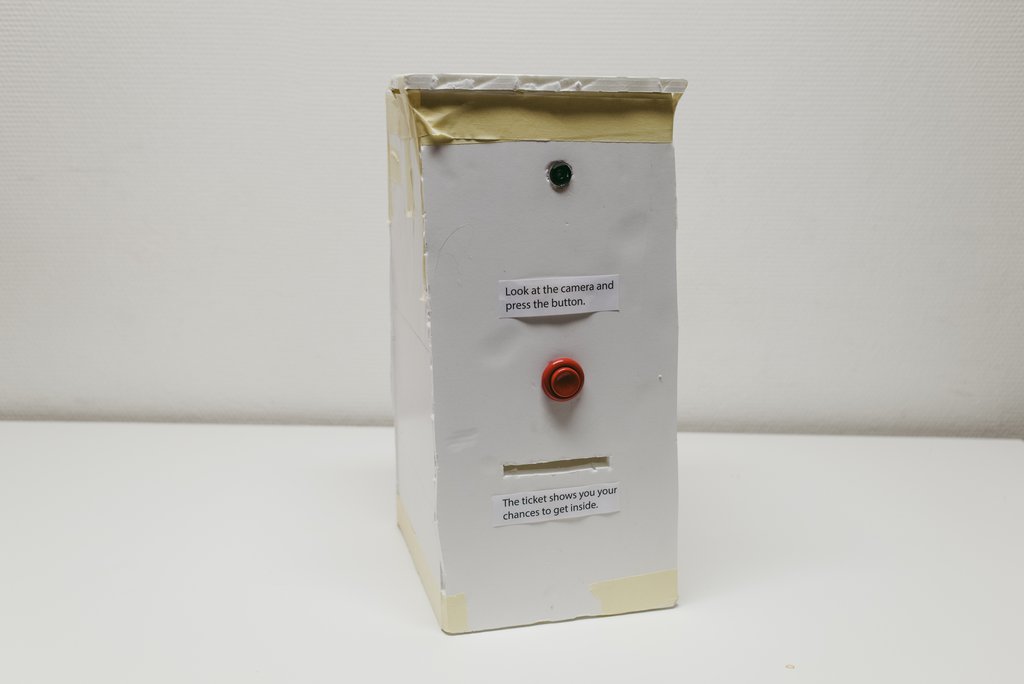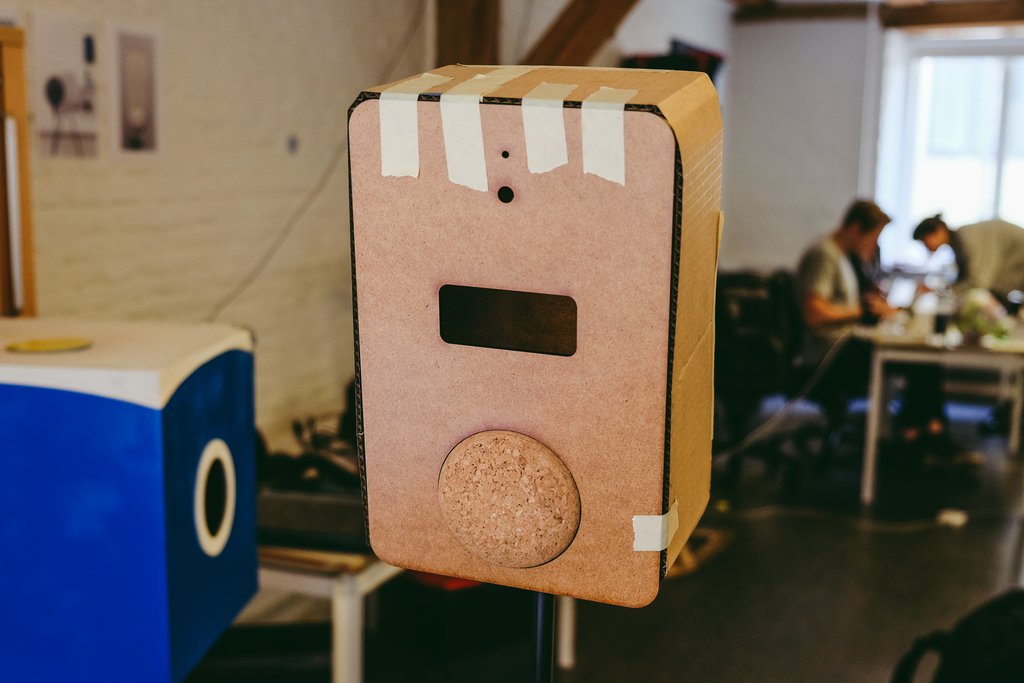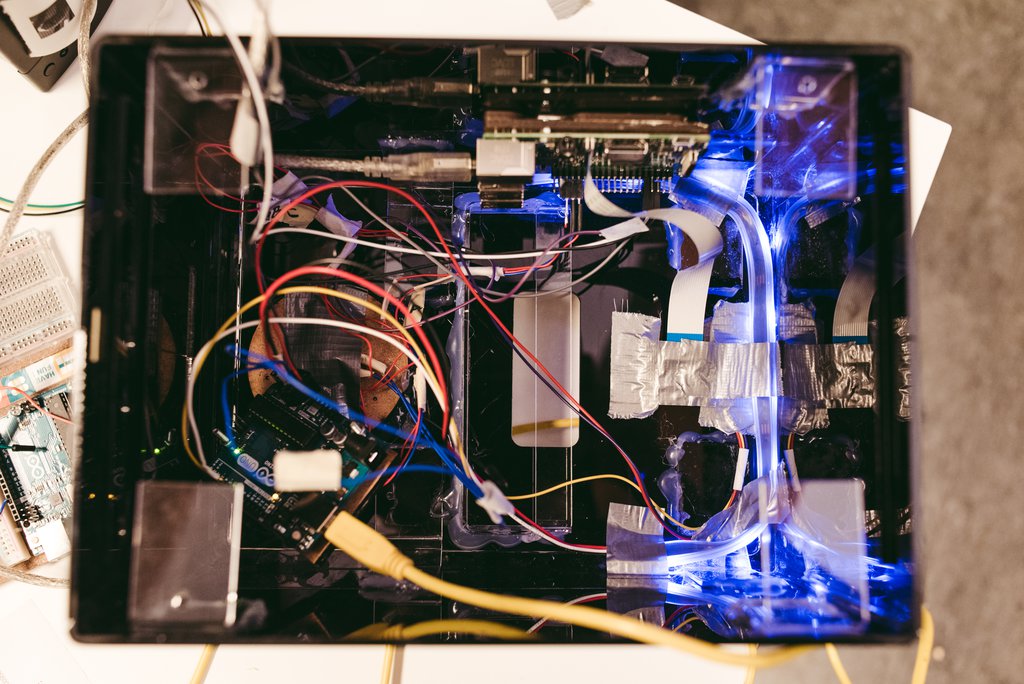Concept
In the last couple of years Artificial Intelligence (AI) has opened up a world of possibilities that were unthinkable before. Face recognition in photographs, autonomous cars, early cancer detection or forecasting natural disasters are amongst the more popular applications of AI. The actual list of uses is a lot longer.
How often do we think about AI when we post a picture of a friend’s birthday party on Facebook? How often when we look up a cheap flight for a weekend trip? Have you ever wondered how Google can display relevant search results before you have even finished typing the search term? AI and machine learning have become ubiquitous and they are getting more and more powerful. On the flip side, however, we give away a lot of information about us if we use such systems. They work by running algorithms which try to make sense of the supplied information. But these algorithms are biased because they make judgements based on the data they have been trained on.
Bias in systems is a real problem that needs to be talked about. Shall we allow insurance providers to deny someone health insurance because AI predicts an 18% chance for them to get cancer early in life? Should banks be allowed to deny a client a mortgage because there is a 23% chance that robots take their job and render them unemployed in the near future?
It is about time to talk about machine ethics and the influence of machine bias on our lives.
When we were asked to find ways to bring this topic closer to the people, we realised that we needed an installation that captures people’s attention without revealing the underlying matter instantly. In order to make the topic easier to discuss, we wanted to re-create a situation everyone can relate to. For us this meant creating a provocative experience to make bias visible and perceivable.
Many of us have probably been in a situation where they witnessed a bouncer denying someone access to a bar or a nightclub. In contrast to common beliefs doormen normally neither reject anyone based on their looks nor the way they are dressed. However, we took advantage of this prejudice and built Brutus. Brutus is an AI-powered bouncer robot that analyzes the appearance of nightclub guests and makes up its own mind about the individual admission fees.
Suddenly having a machine taking over this very human-centered job allows the people to shift their perspective and it gives them a chance to formulate an opinion about machine bias.
Guest Experience
In 2038 Brutus will be at an accessible place in front of clubs, where guests can receive their entry tickets after they are being evaluated by Brutus.
Step 1
Capture Guest
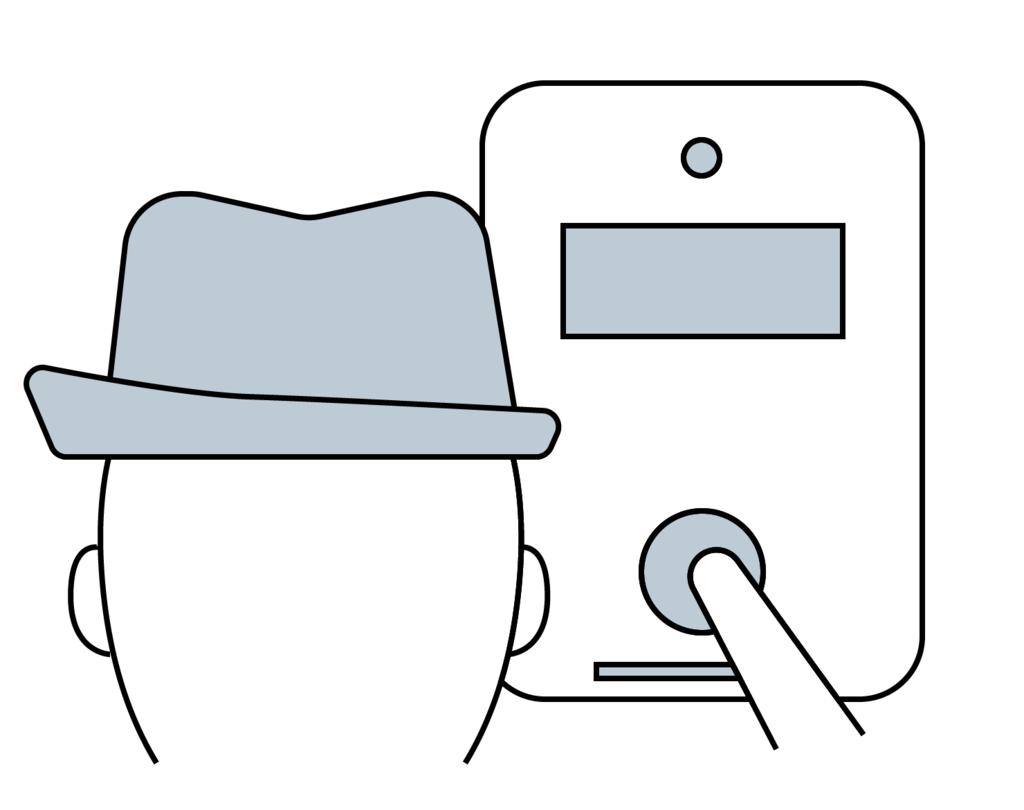
Step 2
Analysing Face
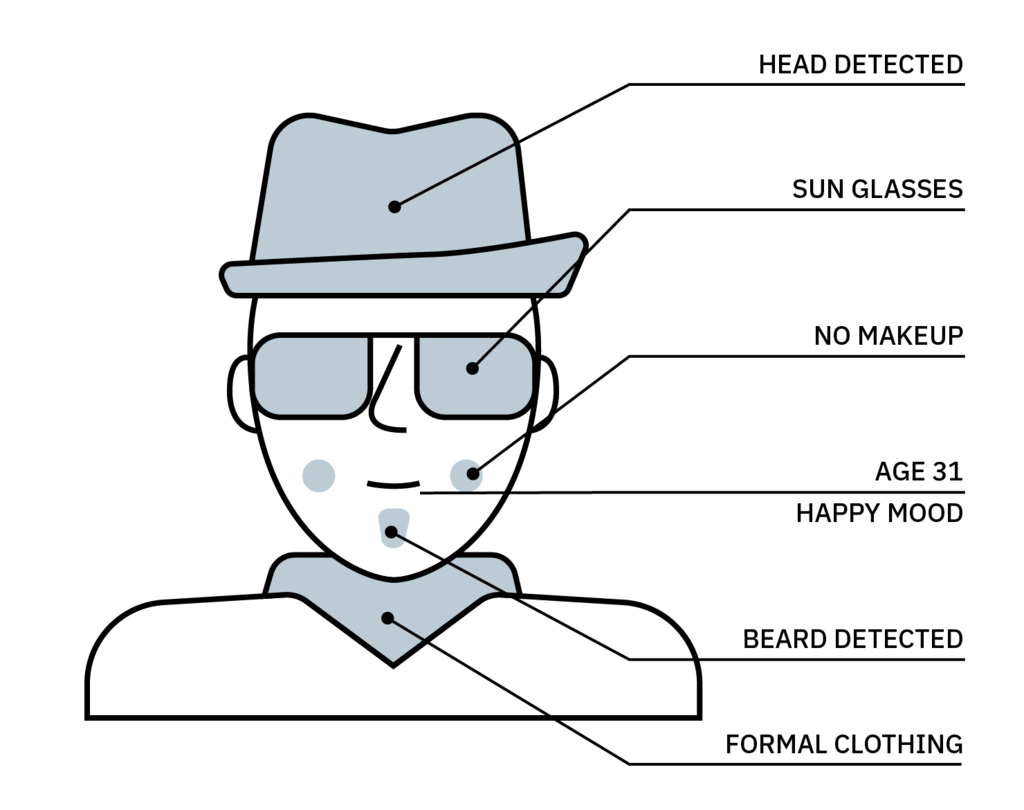
Step 3
Printing Ticket

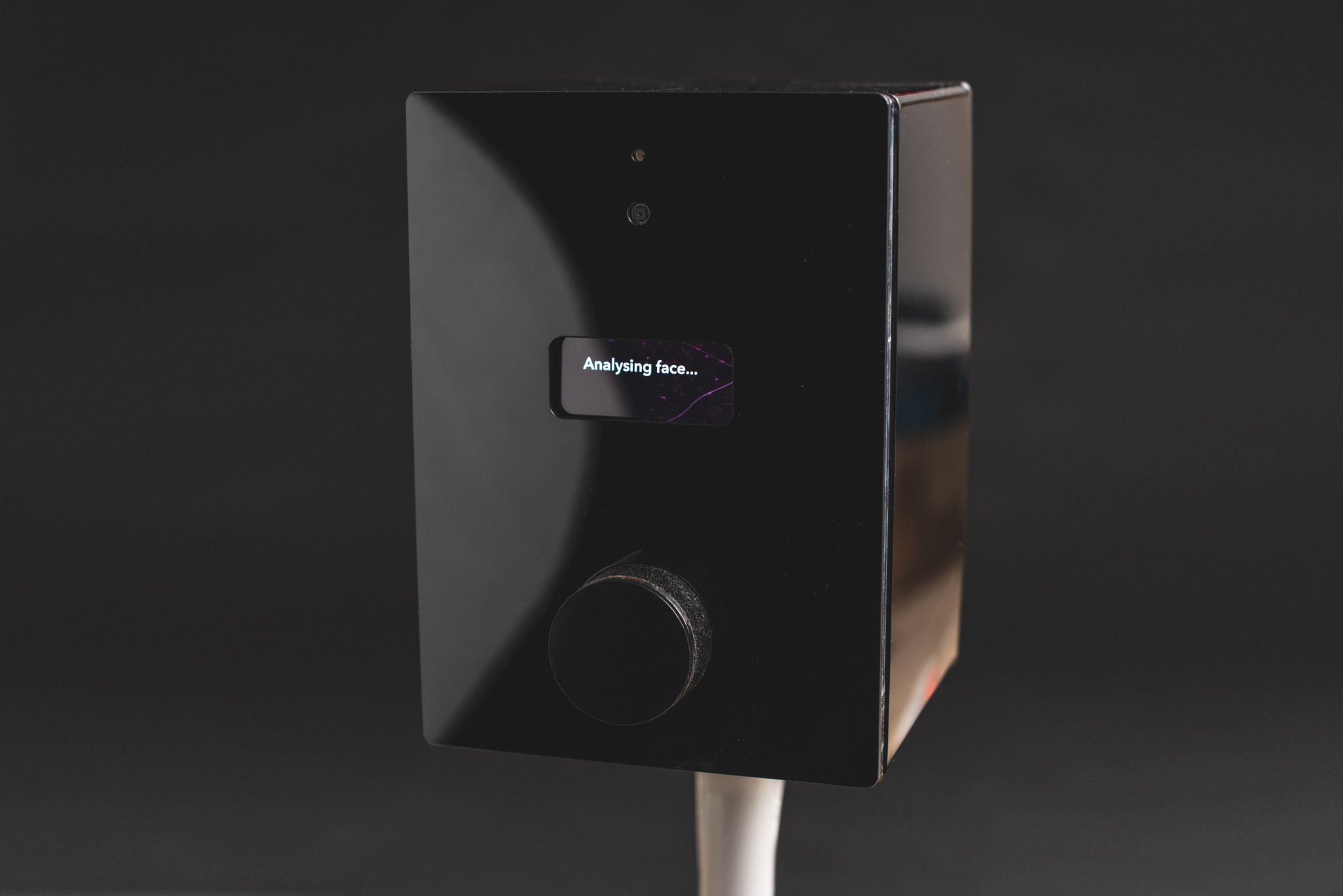
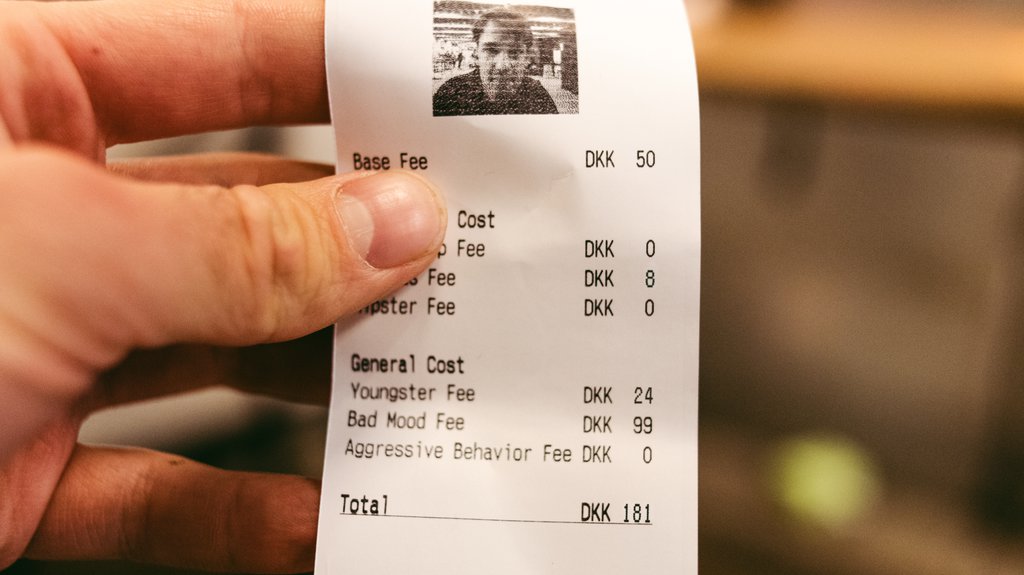
Owner Experience
The owner of a club has complete control over the appearance of the guest’s who can enter the club as well as their attitude and mood. With additional training, Brutus constantly improves in selecting the perfect crowd to enable the vision of the club owner.
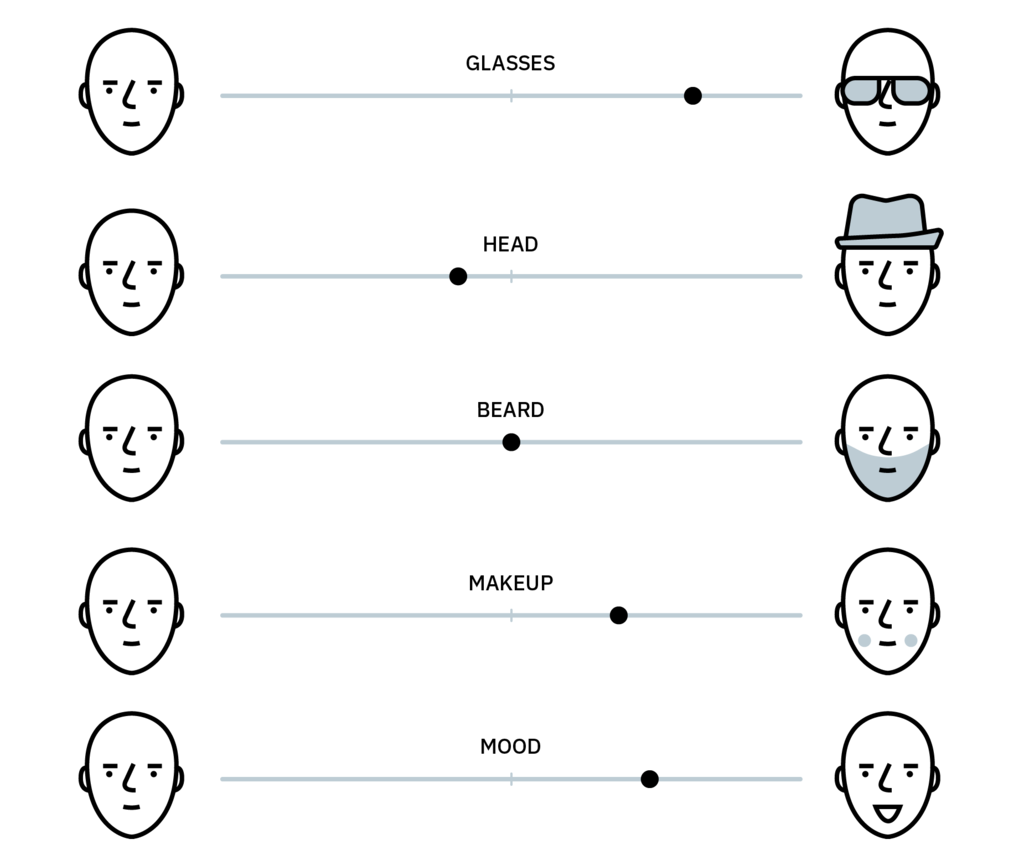
Reactions
We got reactions to our prototype from a large number of people at the Copenhagen Maker Festival. People reacted a bit disturbed at first by being assessed by an artificial intelligence. But on second thought it raised some interesting and relevant questions in our participants. What are the criteria? How do the criteria differ from the criteria a human bouncer has? Which is better a human or a machine? How much does the machine know about me? How might the criteria evolve in the future with more data?
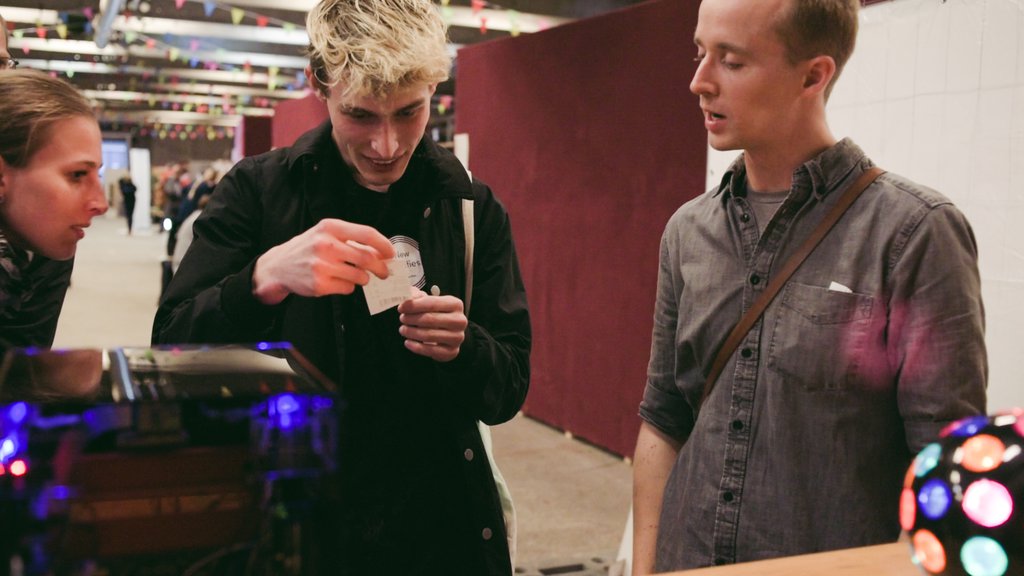
The ticket listing all the fees soon started a competition on who would get the better results from the machine amongst the guests of the maker festival.
“I don’t think this job can be done by AI anytime soon, it’s so much about assessing people not just on a visual level and to ensure you let the right people in order to have a good night for all guest’s.” Bouncer at the Hive
Research
We got the brief to choose a profession and develop a speculative scenario to show how this profession might change within the next 25 years. After choosing the profession bouncer as a profession, we quickly develop some ruff senarios and went out at night to talk to actual professionals about how their work, what skills are needed and how they think their profession will change in the future.
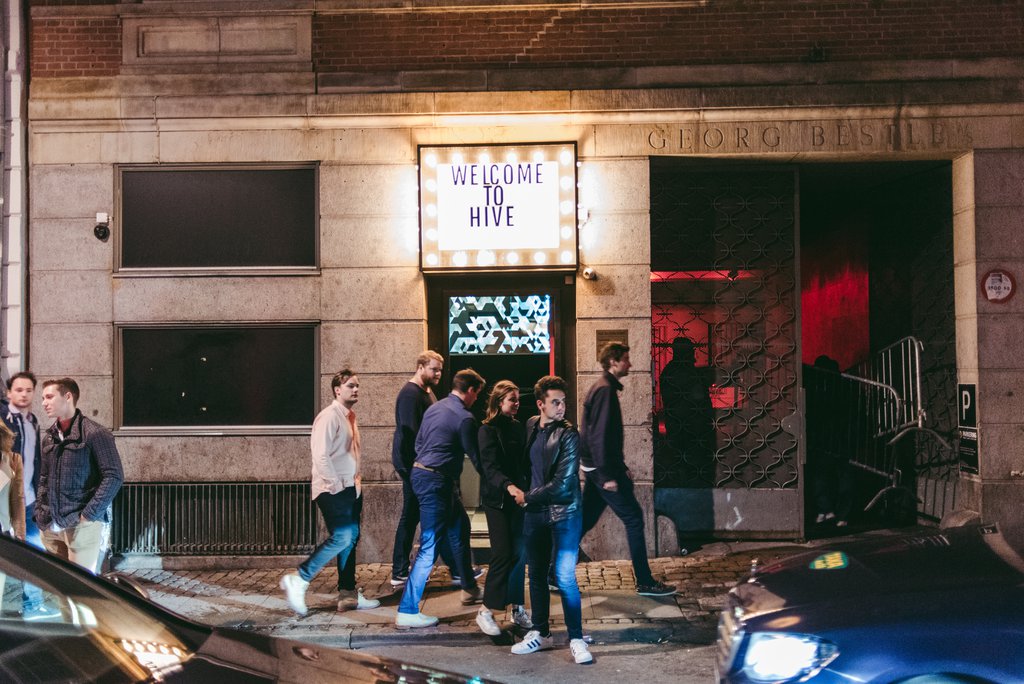
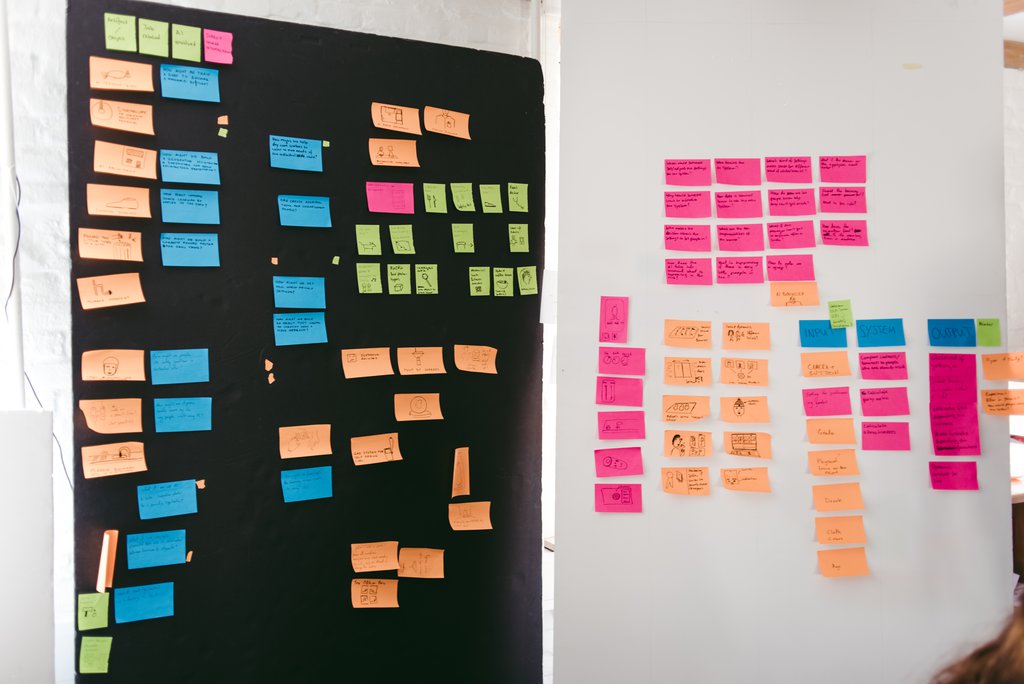
“I can not tell from a static image if I would let someone in or not it’s not the dress code which is most important.” Bouncer at the Hive
“I try to assess if someone’s behaviour is right for the event and also to make sure the person is not looking for trouble.” Bouncer at the Hive
“Sometimes I sent someone away just to see the reaction if the person is cool with being sent away I let them in.” Bouncer at the Hive
Prototyping
From our initial research, we started to build prototypes with paper and cardboard and gradually increased the fidelity.
Our final prototype consists of an acrylic case, with a Raspberry Pi, Arduino, camera, thermal printer, several leds, a button and an iPhone as a screen. When the button is pressed we use the Microsoft Cognitive Service API to recognise facial features, age, makeup and mood. The response from the API is used to calculate the fees accordingly and finally and print a ticket.
